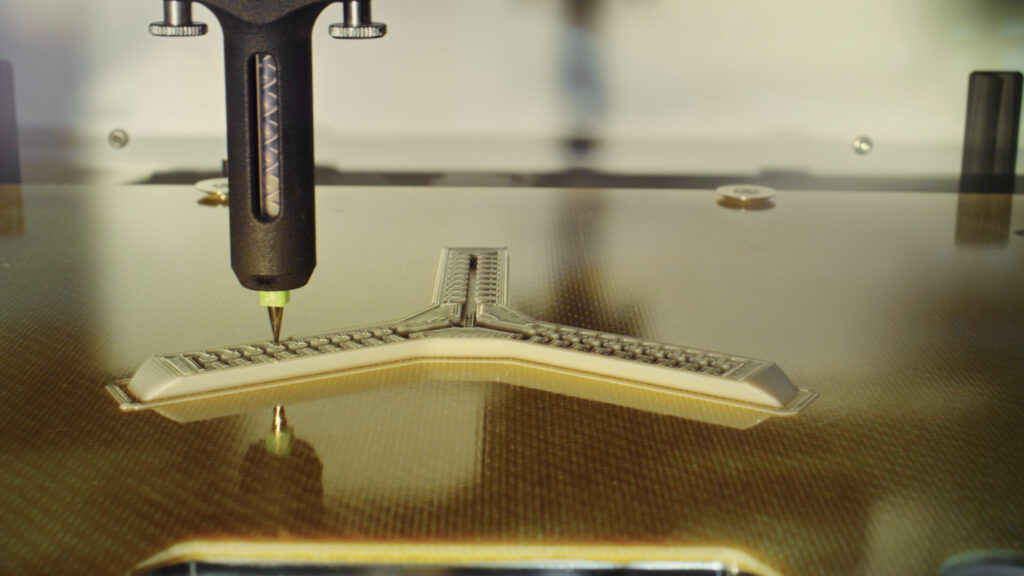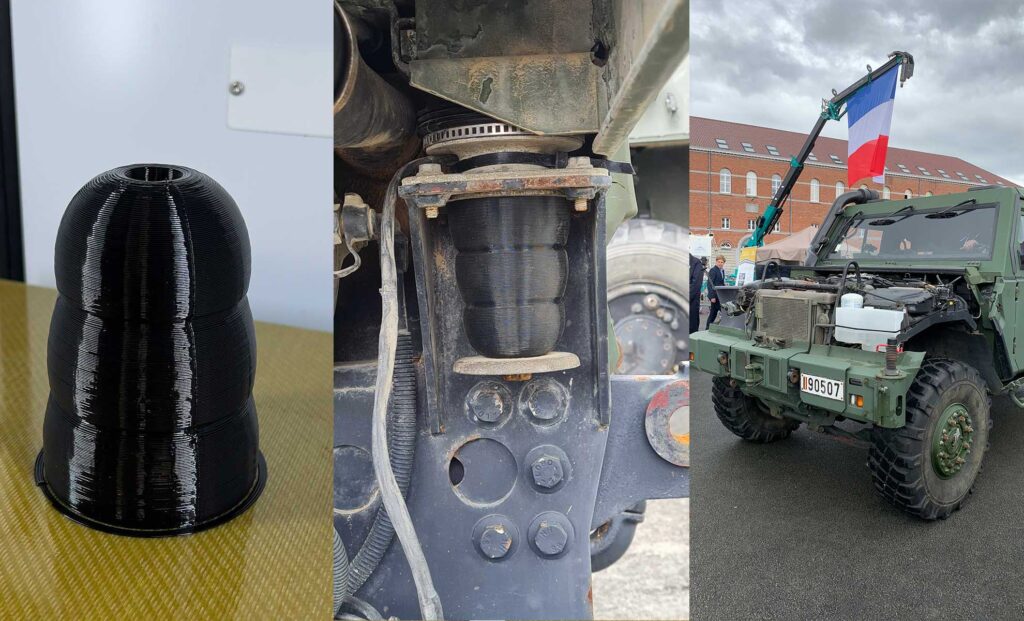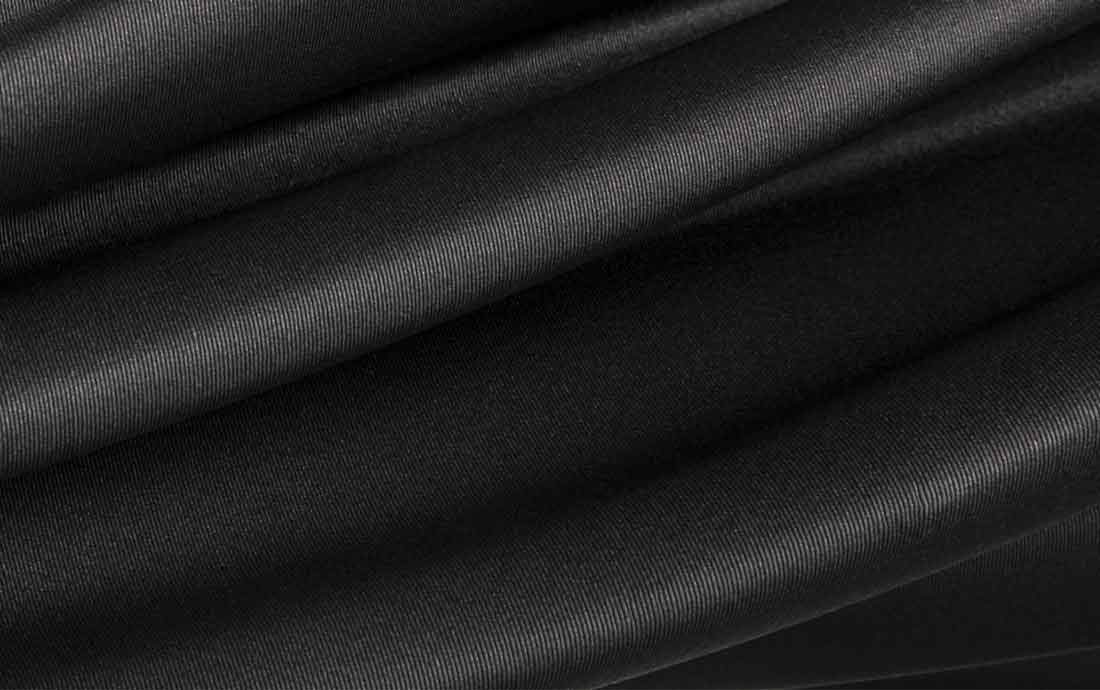3D printing and prototyping of orthopedic devices: the winning duo
Experience Feedback: ENOVIS x LYNXTER
Enovis acquired a S600D – FIL21 from Lynxter over a year ago to enhance research and development and optimize the prototyping phase of its products.
In this interview, discover how the integration of this technology went in their company and how 3D printing boosts their service.
In a few words, tell us about yourself and Enovis
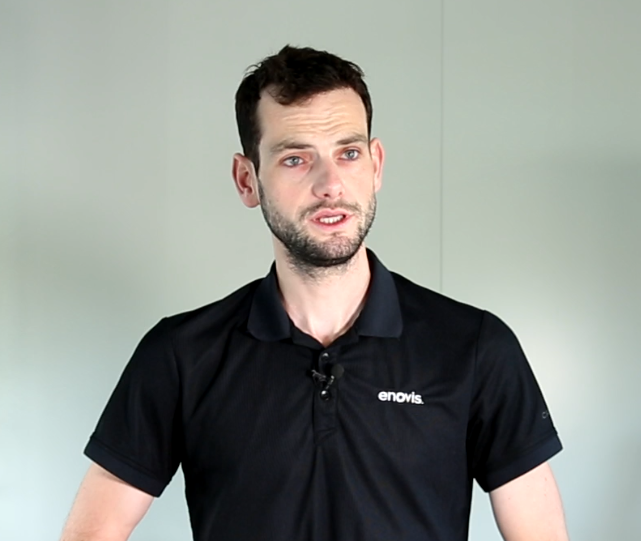
Enovis manufactures orthopedic medical devices: knee braces, ankle braces, wrist braces, lumbar belts… everything related to the entire body and venous compression. The R&D department, located in our premises, develops this range of products for all markets (outside the United States).
Our core business is compression knitting and mechanical engineering.
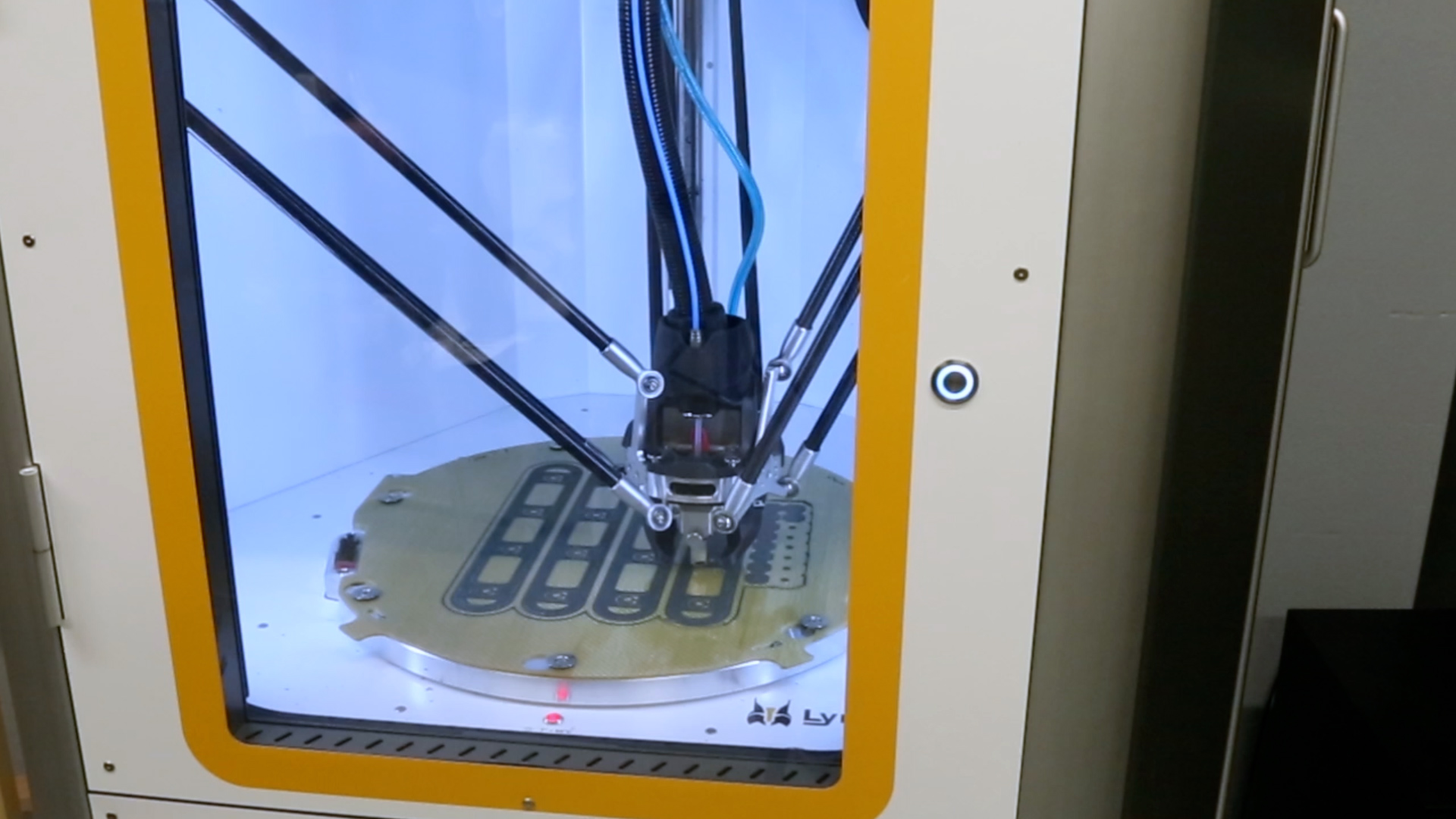
Printing fin prototypes
Why integrate 3D printing?
The integration of 3D printing was a deliberate move in the development of the R&D department to reduce the time of our projects, particularly in the concept and concept selection phase. This results in more innovation, more creativity, and especially the ability to quickly have the concepts in hand and evaluate them internally.
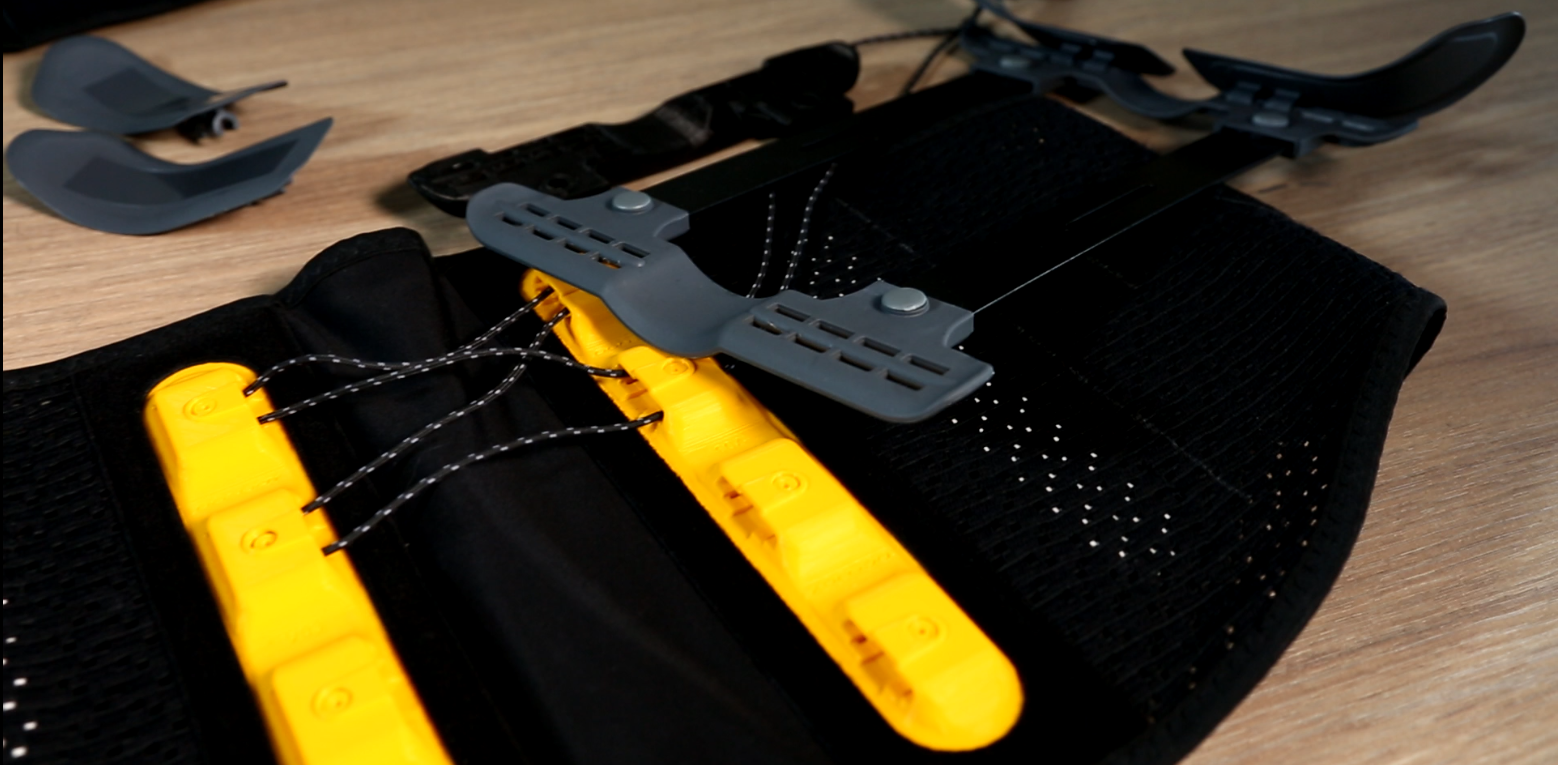
Prototyping the lumbar belt
What do you print with Lynxter’s S600D?
The main use of 3D printing at Enovis is for printing rigid prototype parts to optimize product development.
Among the parts we print are molds into which we pour silicone to create support areas in knitted braces.
We have made several versions of these prototypes. We print molds to facilitate duplication in our manufacturing process.
We also 3D printed several prototypes of parts that make up a lumbar belt:
– “Pullers,” which are systems that tighten the back part of the lumbar belt against the back to provide strong support.
– Stays that provide reinforcement at the back.
– Frames, plastic parts that represent fins that allow the belt to adapt to the morphology of the patients.
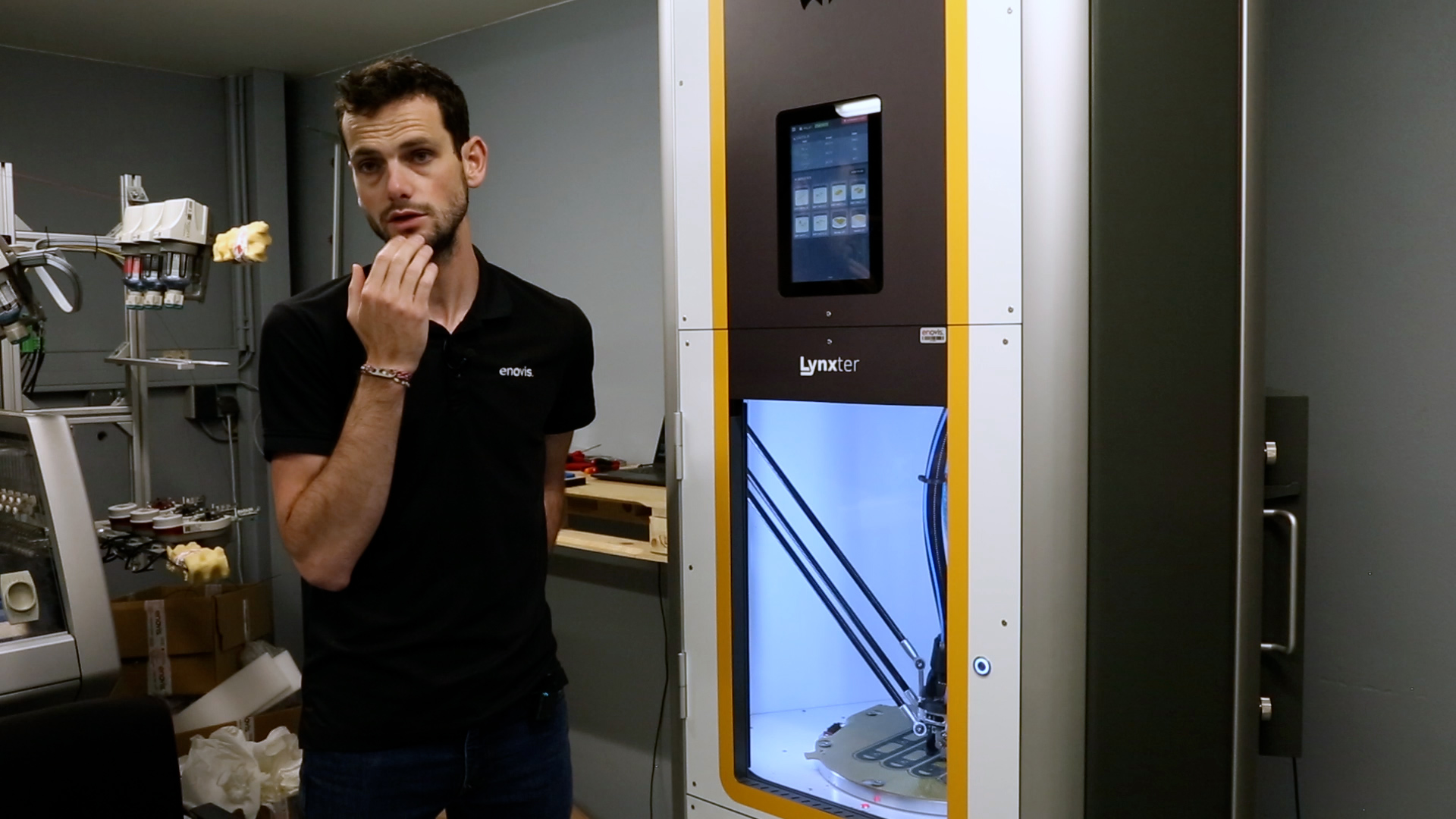
Louis Pech of Enovis in front of Lynxter’s S600D
Traditional manufacturing process vs 3D printing
Previously, for prototype design, if there was plastic material, we outsourced it. We had to design the part, have it manufactured by the subcontractor, receive it, send it back to our manufacturing plant for potential assembly or mounting. Therefore, it took about a month to a month and a half to get a first prototype.
Today, we design, print on the S600D the next day, and have it the day after, and two days later, we can test it on a product and assemble it.
Not only do we reduce time, but with 3D printing, we can have several prototypes quickly. Having multiple iterations is a real gain for us in terms of creativity and speed of exchange with our marketing and scientific colleagues.
Today, with this process, we allow ourselves to do more tests. We create more, innovate in shapes, design, materials, which clearly gives us a competitive advantage.
What are the benefits of 3D printing?
3D printing has truly allowed us to:
– Save time by shortening the time to obtain concepts.
– Achieve cost savings because we no longer go through subcontracting.
– Gain creativity by having fewer limitations and the ability to propose many more product iterations.
– Gain responsiveness: having the prototype immediately and having it tested and validated by the marketing team. And react immediately to feedback and improvements to the prototype.
– Improve productivity: the clear advantage of Lynxter’s S600D is its large printing volume, which allows us to print a large quantity of parts at once, enabling us to have several prototypes to study immediately.
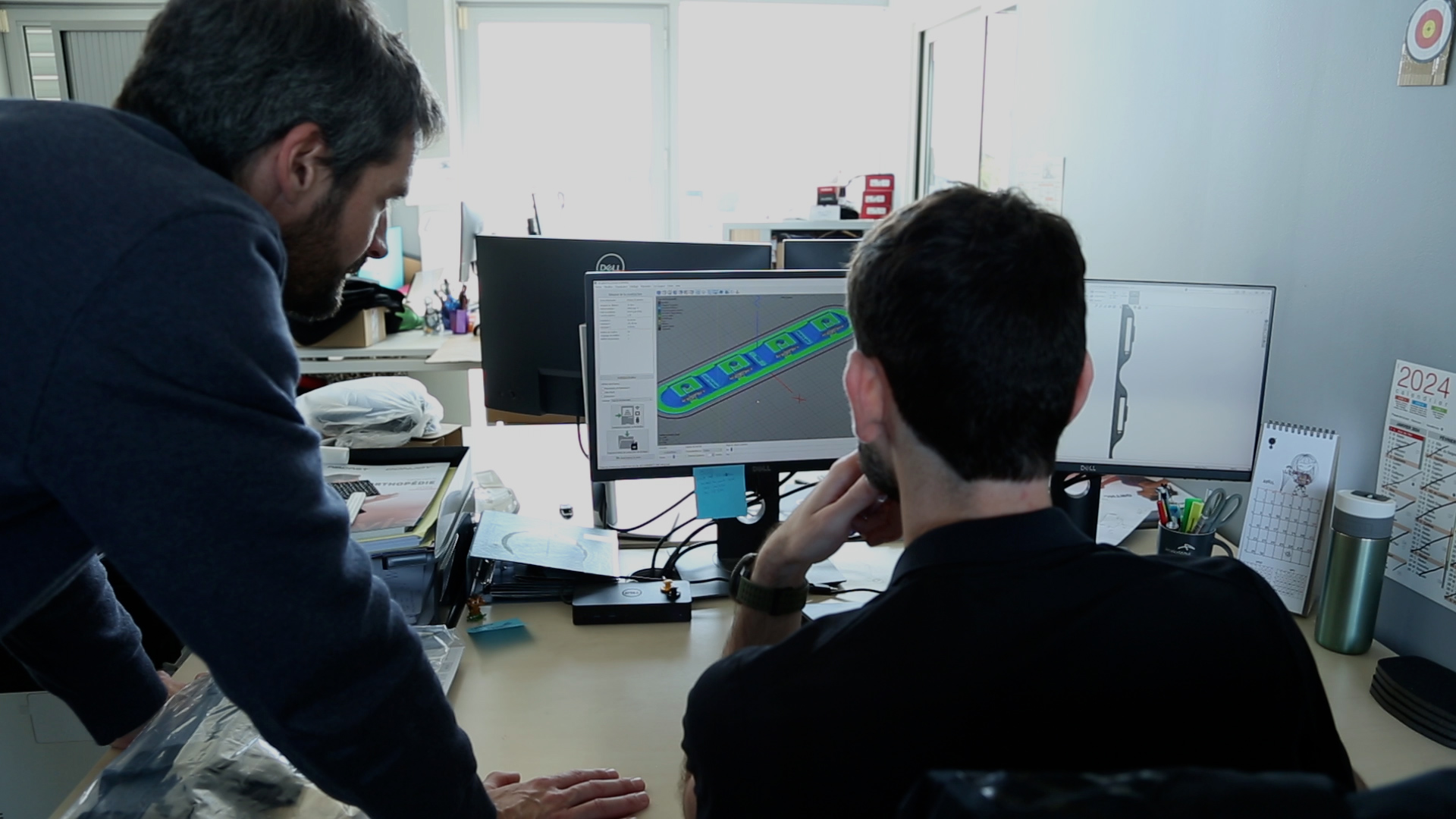
Creating 3D files for the prototype to print
How did the integration of this new process go at Enovis?
From a process standpoint, we are four (3 engineers and 1 technician) in the R&D department trained to use Lynxter’s S600D and related software. The R&D profiles using the 3D printer are all mechanically or materials-oriented. We have good proficiency in SolidWorks, which is the basic tool for using the machine.
The transition was very smooth. We all received training with the delivery of the machine, which gave us a good foundation. And very sincerely, we tried it out like any new tool. We experimented with parameters and thus became experts in the technology. Now we are opening access to other people in the department to make them more autonomous.
Another advantage is the proximity to Lynxter, which allowed us to have very constructive exchanges, both initially on the choice of technical solutions and later for maintenance, user autonomy, and even support in product design to facilitate printing or even using the machine.
Is the service expected to develop?
Yes, development is expected. For rigid part prototyping, it would be on another 3D printing technology for smaller and finer parts where we face certain limitations with the current printing mode. We might move towards another technology, such as SLS.
This model could be replicated in the R&D in the United States because they have a large “rigid articles” division.
What is also interesting is that we can benefit other departments with the S600D, particularly the after-sales service, which requests urgent parts.
About Enovis
We believe in the Power of Motion™. Our philosophy is “Get and keep people moving,” based on the idea that physical activity is key to a healthier lifestyle, improves treatment outcomes, and enables healthcare savings for everyone. To achieve this, we continuously offer comprehensive orthopedic and vascular care, ranging from performance and mobility to surgical intervention and post-operative rehabilitation.
To learn more: enovis-medtech.eu/fr
Download the White Paper
Download “Improve your activity with silicone 3D printing” (currently available in English only).
Discover how this new technology can increase your productivity and innovation.
Don’t miss this opportunity to gain a new competitive advantage.


